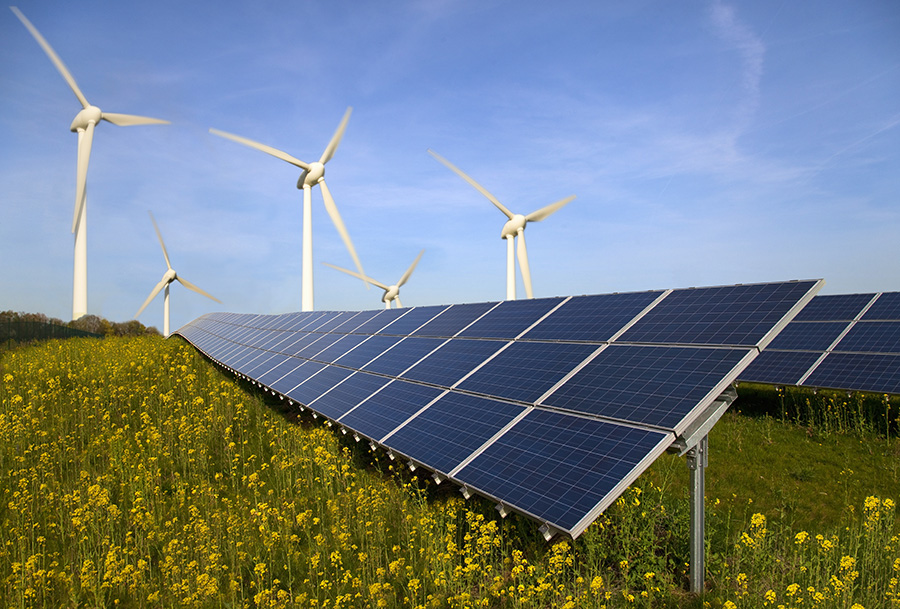Fossil fuels are not only environmentally damaging but rely on finite resources that will eventually dwindle or reach a point of being too uneconomical to extract. While the world increasingly recognises that renewable energy is the only viable option in the future, outdated misconceptions about their use continue to be shared.
A blog entry by Schneider Electric attempts to correct some of the top myths around renewable energy. We outline two of them below.

Renewable Energy is Expensive
The most common myth around renewable energy would undoubtedly be the idea that it is more expensive than conventional sources of energy. Though this was probably true decades ago, renewable energy is quickly becoming one of the most plentiful and cheapest sources of electricity today. Solar power is already cheaper than fossil fuels in scores of developing countries, and it is predicted that wind and solar generation will be the least expensive electricity sources everywhere by next year.
It must be noted that complains about the cost of renewable energy often fail to consider the fact that fossil fuel extraction, processing and transportation is expensive. And this does not take into consideration the environmental degradation and associated human health impact of burning fossil fuel which can run into billions of dollars annually.
On the other hand, wind and solar energy cost nothing, while the maintenance of wind or solar farms is minuscule compared to that of processing fossil fuel. The economics around the use of renewables is also continually improving with increasing demand as well as improved technologies yielding improved efficiencies. Crucially, there is zero health impact and we can all sleep better with the knowledge that future generations will benefit from our actions today.

Renewable Energy Uses a Lot of Land
Another common assertion about renewable energy is the vast amount of land required for wind and solar farms, as well as associated power transmission lines to connect individual wind turbine or solar panel. The situation isn’t as bad as it seems, however, as wind farms leave up to 98% of land undisturbed. This means farmers and ranchers can lease out portions of their properties for use by wind farms as a secondary source of income with minimum impact on their primary business.
The situation is less obvious for solar farms, as they do require about 2 to 4 hectares per megawatt of land for utility-scale solar generation. Yet land use for utility-scale solar is still less than the typical U.S. coal-fired power plant, according to Schneider Electric. Installing solar panels on rooftops may also be a viable alternative in cities.
Alternative solutions exist, such as the use of floating solar panels in Singapore. In Taiwan, Google signed a deal in January to install 40,000 solar panels at a fish farm as part of a power purchase agreement. To be deployed at commercial fishing ponds, the solar panels will be installed on poles mounted over fish ponds, reusing land without loss of land or energy efficiency. Furthermore, with the advent of microgrids, renewable energy sources can be utilised and distributed more efficiently and reliably than ever.
There is no question that renewables are an increasingly viable option around the world, and a 100% renewable energy future is entirely within our grasp.












